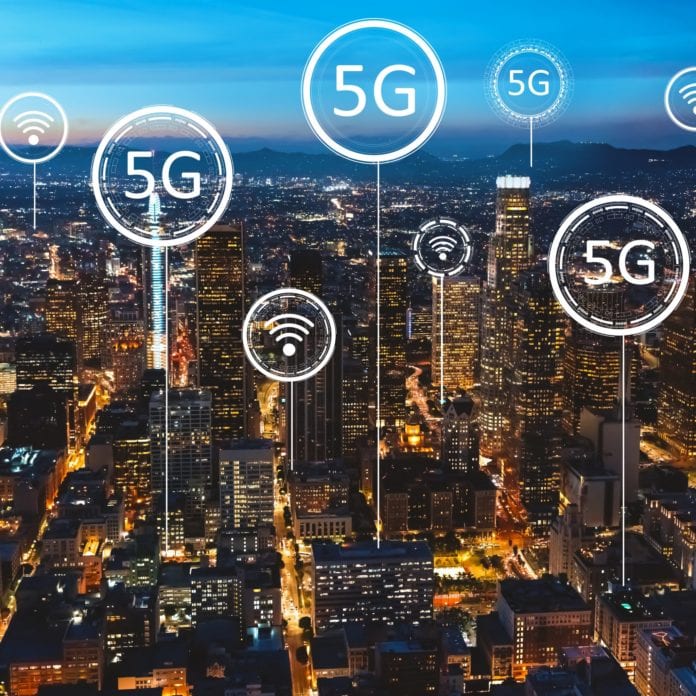According to Ericsson’s Head of 5G Marketing, there are five characteristics of 5G ‘use places’
Ericsson’s Head of 5G Marketing Peter Linder authored a blog on the company’s website posing the concept that with all talk around 5G use cases, it’s important to also consider the new cellular technology’s “use places.”
As Linder put it, “the appetite for 5G is prevalent across a variety of industries.” In fact, the first ten industries analyzed by Ericsson, revealed 200 use cases where 5G could make a difference. Because of this, he continued, communication service providers must be intentional when deciding where to start building out 5G. “Especially,” he wrote, “when it comes to places where high band makes a big difference and there’s real inspiration for future investments.”
According to Linder, there are five notable characteristics of a 5G use place:
- They are limited to a small geographical area
- There’s potential for 5G to deliver significant value, on top of existing 4G services or as an alternative to fixed and wireless connectivity networks
- There are a few strong anchor use cases that can serve as the motivator for initial investment at a given use place with the anchor use cases varying by location and industry
- You see medium- to long-term potential for additional use cases beyond the most important launch use cases at the first use place
- There’s a clear opportunity to scale to similar use places once needs, solutions, benefits and business models are proven for the initial use place. A clear strategy for scaling a successful use case should be built into your go-to-market model from the start
As you might expect, large enterprises are early 5G adopters, as they are more likely to leverage the full capabilities of the benefits delivered by the new technology.
Some examples Linder provided of large enterprise use places include sports arenas and entrainment venues, which can utilize 5G to enhance live experiences; college and university campuses; warehouses and factories that want to accelerate towards smart operations with high levels of agility and automation; as well as airports, hospitals and Fortune 500 headquarters.
Large businesses and venues are not the only locations that can benefit from 5G. According to Linder, because the availability and cost of fiber can be a limiting factor for many small- and medium-sized businesses, the use place concept allows for a clearer framing of opportunities, which creates even bigger potential for scaling.
“Use places are also well suited as a strategic sales tool for small and medium businesses, but they address different needs and potential benefits,” he wrote. “There’s potential for SMBs to start with unserved and under-served broadband segments where better fixed wireless and mobile broadband connectivity make a big difference.”
For instance:
- Restaurants – increasing their ability to leverage digital tools for menus, order handling, virtual chef visits, and contactless payment solutions
- Smaller stores – with shorter lifetimes – the ability to connect and disconnect stores in weeks rather than months is the new norm
- Branch offices – with a large portion of the offices beyond the fiber grid with limited onsite tech support
- Renting out private homes – where guests expect to live and work with the same level of connectivity they have at home or in the office
- Farms – extending wireless network connectivity from farms to farmlands, as a fundamental enabler for precision agriculture
The big takeaway is that 5G deployment strategies should be extended “with a use-place-centric complement.”
“Engage with the best stakeholders you can find in each use place category. Aim to successfully execute a use case pilot in 2020 that you can scale in 2021 and beyond to become a 5G growth driver outside of consumer segments,” said Linder.

